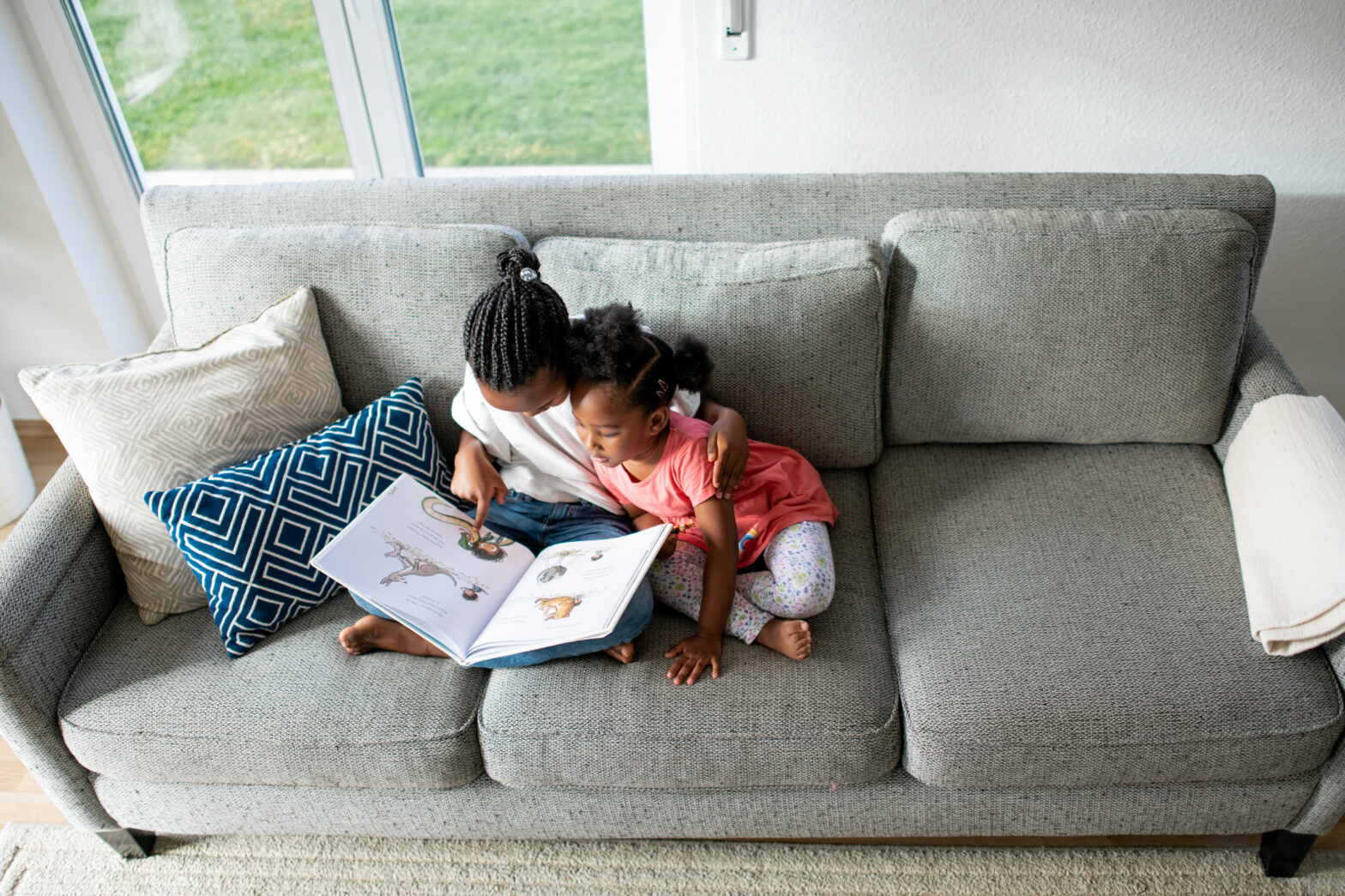As the school year starts again, we wanted to talk about creating inclusive classrooms. Inclusivity in the classroom goes beyond ensuring equal access and can include the language, activities, and intentionality of educators. Though there is no foolproof template to building inclusive spaces, we have 3 strategies that can help you get started!
Build on your DEI Vocabulary
Building inclusive spaces starts first with understanding the language of inclusivity. Although it is not necessary for students to use these terms, it is helpful for educators who want to identify and label different situations. For example, by understanding the definition of microaggression educators can prevent and stop these subtle injustices from occurring.
In Canada, inclusive education often refers to educational opportunities for children with disabilities. Language is of paramount importance to individuals in the disability community, as historically it has been used to marginalise them. One example is through referential terms: some individuals may use identity first language (disabled person); some may use person first language (person with a disability). Just like the use of pronouns, these terms are highly personal, so educators should ask parents or students (if able) how they choose to identify. As language is powerful in diversity, equity, and inclusion (DEI) spaces, it is important for educators to be familiar with some of the common DEI terms. Read more about these terms in our posts: DEI Alphabet Soup: Decoded Part I and Part II.
Bring home life into the classroom
Another consideration is to invite students to share their home life at school. This helps students to build a unified sense of identity, one where all facets of their identity are celebrated. In Living as Mapmakers: Charting a Course with Children Guided by Parent Knowledge, Kindergarten teacher Kirsten Kobylak implemented this through family storytelling in their classroom. They invited parents to tell stories from their own culture in their first language, providing opportunities for students to learn about new cultures. This new classroom activity became an integral aspect of the student’s learning and identity formation.
Consider adding a family storytelling component to your program. Similarly, you can invite students to share music unique to their culture. Another way to share is by celebrating cultural holidays. Consider Ramadan, which is observed by 1.8 billion Muslims globally, and the specific traditions, foods, and stories told. How can you make your classroom a welcoming space for students observing Ramadan? Alternatively, Lunar New Year is a festival celebrated by many Asian countries. What are aspects of the festival that can be shared within the classroom? There are numerous cultural celebrations happening each month of the year, if you are curious to see what else is happening check out our 2022 Canadian Diversity Calendar.
Avoid Tokenizing Students
The third strategy is to be purposeful and not tokenize specific students. Tokenism is defined as “the policy or practice of making only a symbolic effort” by the Merriam-Webster dictionary. Though they seem similar, the distinction between tokenizing students and creating an inclusive space is intent. The intent of tokenism is to make a show of being inclusive, while the intent of inclusivity is to create space for everyone to feel welcomed and celebrated.
An example of tokenization could be singling out a Muslim student to explain Ramadan to the entire class. By contrast, building an inclusive classroom for Muslim students would require more thoughtful planning. Are the snacks offered to children halal? Is there a comfortable and purposeful space where students can pray throughout the day (the need for this may vary depending on age of student)? Being inclusive for these students may require educators to invite feedback from parents and students before making programming changes.
Building inclusive classrooms and programming can be a daunting task. Let us help you navigate where to start and where to go through our various consulting services. From our workplace audit and inclusion survey to Diversity, Equity, and Inclusion Foundations training, we can help you build an inclusive classroom!

